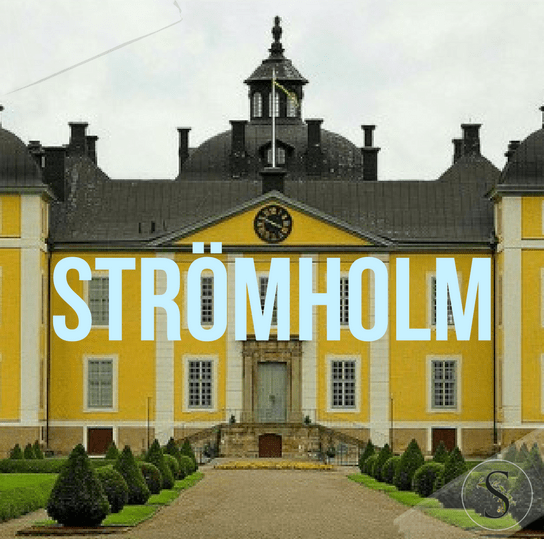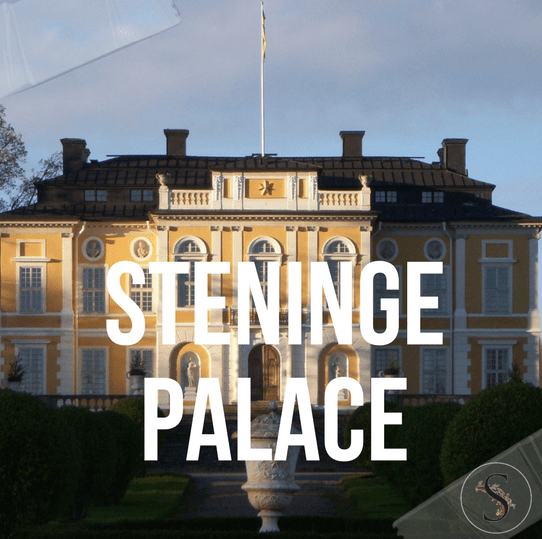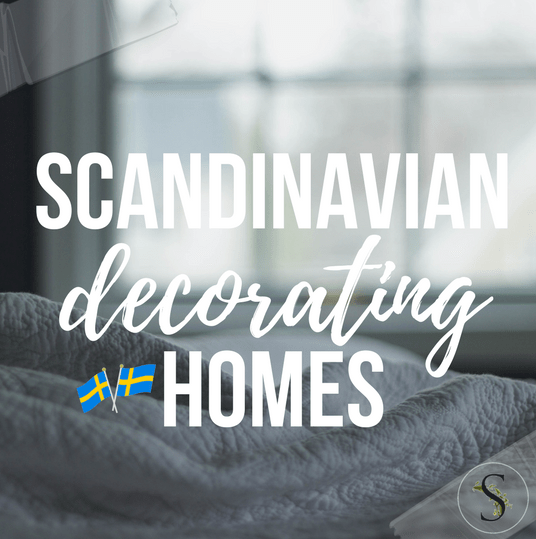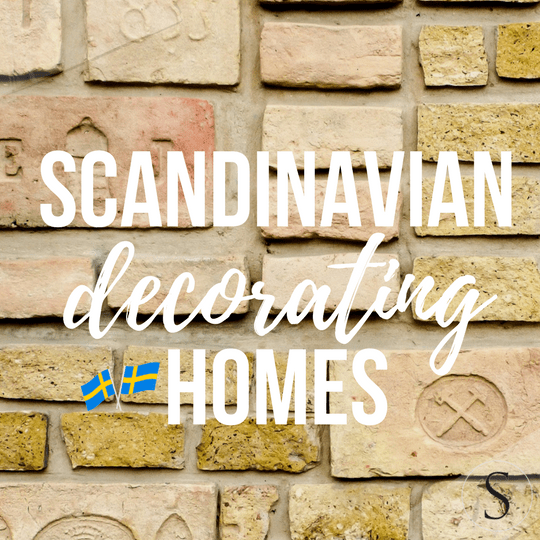If the Renaissance history is of interest to you, chances are you will love Baroque style. It is a design style isn’t that commonly seen in magazines, because the antiques are harder to find. If you are thinking about a design that is different and unique, this is certainly it! Baroque style originated in the 1600s in Italy […]




